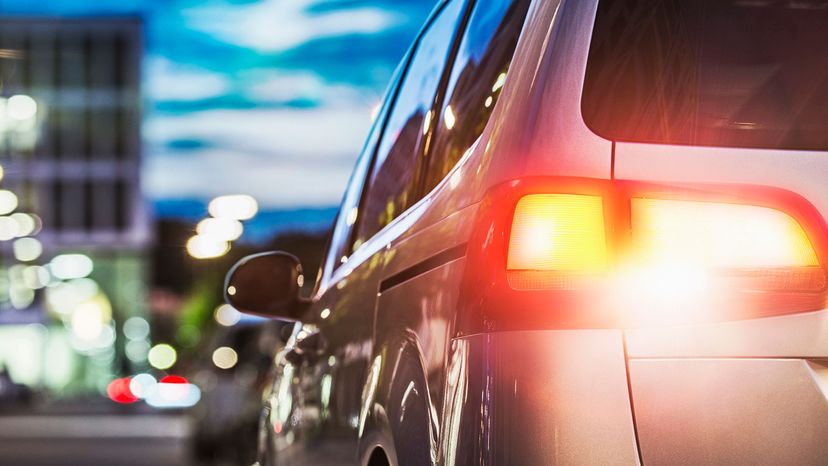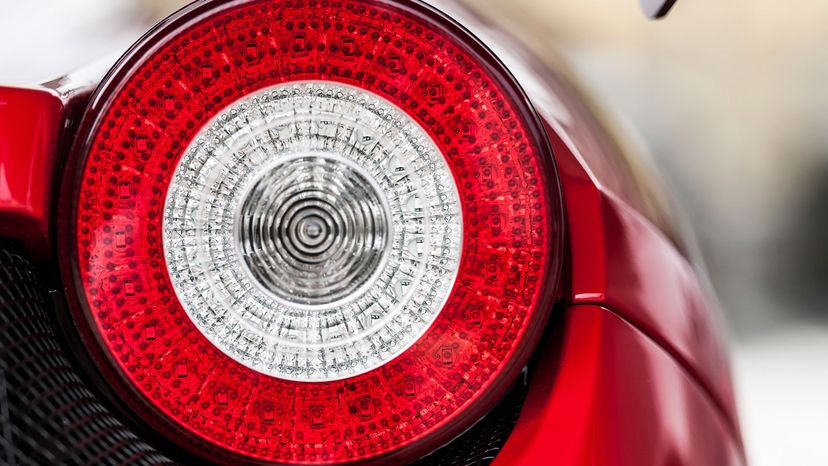
It's critical to have working brake lights on your car. They're a safety feature and a tool of courtesy to other drivers. Illuminated brake lights indicate your car is slowing down or has stopped, giving other cars — in daylight, dim light or darkness — plenty of time to stop so they don't crash into you. Aside from all that, if your brake lights don't work you can get a traffic ticket.
But you can avoid all those problems by testing your brake lights once in a while — a couple of times a year is sufficient. It's especially important to do a test before the low-light winter months set in. If your brake lights aren't working, fix them immediately for safety's sake.
Advertisement
It's simple enough to test your brakes. Just have a friend stand behind the car while you step on the brake pedal and have him or her tell you if everything looks OK. If you're working alone, rig up a mirror or lay a broomstick on the pedal and tuck it into the seat, then walk behind the car and look for yourself. (Obviously, the car needs to be in "park" when you do this.) And don't forget to check all your brake lights. Cars built in recent years feature three brake lights — one on either side in the rear, both of which are implanted in the rear bumper, and a center light in the trunk or back window.
Brake lights, of course, depend on a car's electrical system, which runs on a series of switches and fuses to protect circuits. If one or more of your brake lights aren't working properly, it could mean one of three things: The brake light system fuse is blown, the brake light bulbs are burned out or the brake light wiring switch is broken. All these issues are easy to troubleshoot.
